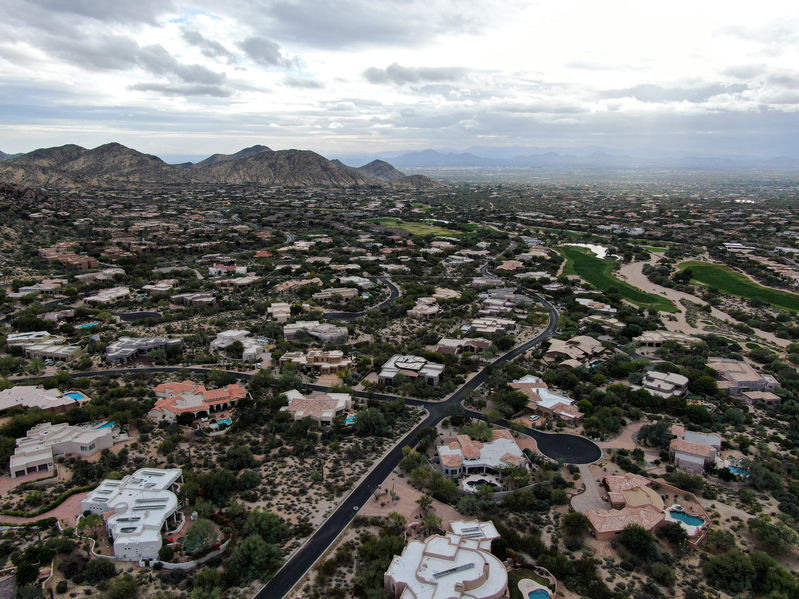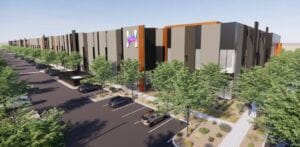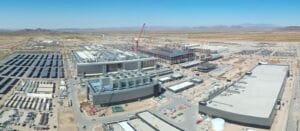As home and rental prices soar, many working-class people face the challenge of finding housing that is affordable in a competitive field of homebuyers and renters in Phoenix.
For the working-class, it could prove to be so overpriced that they may have to look elsewhere as Phoenix is experiencing a high demand for housing in a market where supply is sparse and moving fast.
The average Phoenix home price as of August was $405,000 and veering upward about 9.5% in the years to come, according to realtor.com. Rental prices are averaging $1,298 in Phoenix, a 23% increase according to zumper.com and that is just for a one-bedroom apartment.
“Everyone has been putting in offers right away and we are already outbid. It may be on the market for a day or two and it’s already been bought,” said Tana Authorlee, a Phoenix resident who has been looking to buy her first home mainly in the west Phoenix area.
READ ALSO: Average asking rent hits record high in October
It is proving to be difficult for home buyers, especially the working-class and having to compete with other buyers who are outbidding them.
“We even tried to put an offer on a home in Maricopa and Florence even though it was out of our comfort, but we still got outbid,” Authorlee said.
So how do the working-class compete when it comes to affording to buy or rent?
Phoenix affordable housing programs are available but with the large demand, the supply is very low. “The demand for these services far outweighs the supply and right now most of these programs are not currently adding new names to the list,” said Dan Wilson, who is the Director of Communications for the City of Phoenix.
In June, the Phoenix City Council approved a Housing Phoenix Plan where the goal is to create or preserve 50,000 homes by 2030.
The plan recognizes that in Phoenix there is a housing shortage and the difficulty the working-class and low-income residents face looking for affordable housing. Its goal is to be able to provide enough housing for current and new residents of Phoenix of all income’s levels through nine initiatives. Two of the initiatives include: Prioritizing new housing in areas of opportunity and amending the current zoning ordinance to facilitate more housing options.
Phoenix is currently seeing a population increase with many neighboring residents of California and other states moving into the valley and with Phoenix’s business and economic development, there is a need for more real estate.
New home builds are also selling faster than they can build. Woodside Homes, a home construction company with new home build communities across Arizona has had eager buyers ready to purchase but for their Phoenix location, the demand for them is so high they had to put customers on a list as they only released a small number of lots a month and you had to be a pre-qualified customer to even get on the list.
Other home building companies like Lennar and Taylor Morrison also required pre-qualified customers and had similar demand in new home build and implemented a lottery or drawing for interested buyers.
The demand for new builds was so high at one point that there was a lumber shortage which caused home build timelines to be longer than normal and was mostly attributed to the COVID-19 pandemic but has since mostly gone back to normal.
“COVID-19 has certainly impacted the ability of those impacted financially to make rent and mortgage payments, however, a study has not been conducted on the impacts of the pandemic on affordable housing in Phoenix,” Wilson said.
The demand for homes and population increase in Phoenix are some major contributing factors in the home market rise making it hard for many to find housing and the pandemic has made an impact on buyers, especially the working-class in many ways.




